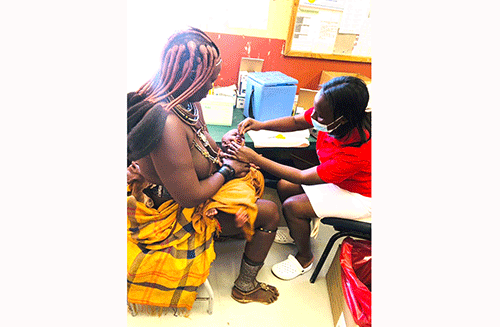For Namibia to realise the Universal Health Coverage dream, it must continue prioritising investment in primary healthcare (PHC), which serves as the foundation of a comprehensive and responsive health system.
This is according to health minister Kalumbi Shangula, who indicated that at present, more than 85% of the Namibian population depends on taxpayer-funded public healthcare services.
“By strengthening primary healthcare services, we can promote health and wellness, prevent diseases and reduce the burden and decongest secondary and tertiary care facilities all across Namibia, including in the Otjozondjupa region,” he said.
Based on the preliminary results of the 2023 National Population and Housing Census, Otjozondjupa region has a population of 220 811 people, meaning the pressure of ensuring universal healthcare coverage becomes paramount, Shangula said.
The region has 24 150 children under five years old.
“At present, the region has 26 health facilities, including four district hospitals; two health centres; 19 clinics and one health post, namely Ombili health post,” highlighted the minister while breaking ground for the upgrading of the Ombili health post in Otjiwarongo to a clinic.
Otjiwarongo district hospital serves a population of 62 100, which is 36% of the regional population.
“Orwetoveni clinic serves a population of 40 365, which is 65% of the Otjiwarongo district population, and 16 146 [40%] of that population is served by the Ombili health post.
However, with the upgrading of this health post to a clinic, the healthcare services will expand, and the number of patients and clients is likely to increase,” he stated.


